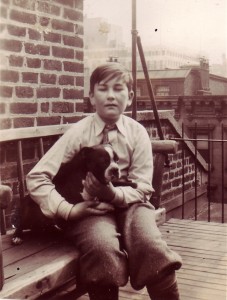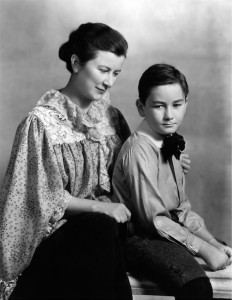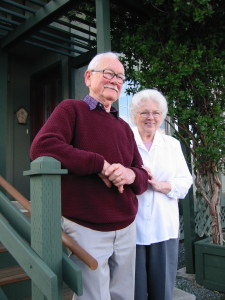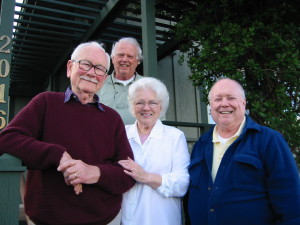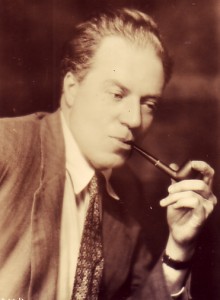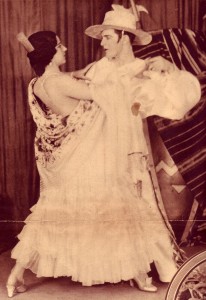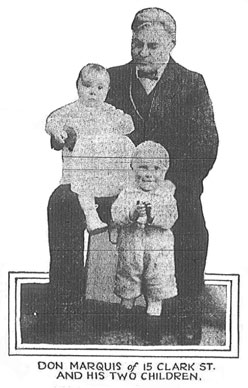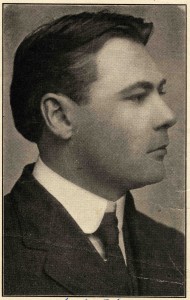Many of Don Marquis’ funniest pieces have never been published in books. Unless they involved Archy, Mehitabel or the Old Soak, almost none of the sketches, poems and smart-aleck observations that made his newspaper columns so much fun were include in later compilations
The following poem is one of those forgotten gems. It’s from one of Don’s earliest columns in The Evening Sun – even before the column got its name, “The Sun Dial,” and before Don was given a byline. It has never been directly attributed to him until now. Continue Reading →


